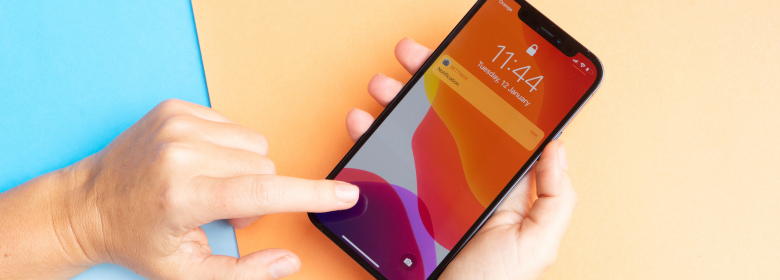With the evolution of smartphone cameras, we no longer rely on our cameras to capture our memories. We can document our lives in real time with our phones! However, because of this, we tend to take a lot more photos and videos, and there’s nothing worse than running out of storage during a special moment you want to remember. For example, picture this. Your child is taking their first steps and you’re ready to record the precious moment. Boom, the dreaded message pops up saying you’ve run out of storage!
At this point, you’re left with a few options; upgrade your cloud storage, upgrade your device to accommodate your needs, or try our simple steps first! Before you make any impulsive purchases, you could try to free up your phone storage in a few other ways.
1. Find out what’s taking up your storage
Before you start deleting things haphazardly, it’s important to find out what is taking up the most of your phone storage.
If you have an iPhone, go to the ‘Settings’ app > tap on ‘General’ > select ‘iPhone Storage’, and you’ll be able to see the available space, as well as a full breakdown of what files are taking up the largest amount of memory. And if you have an Android phone, go to the ‘Files’ app > tap on the three dots > Sort by > and select ‘Largest first’.
You may be surprised with what is taking up your storage. Text messages and attachments can take up large amounts of memory, as well as applications and downloaded content. Once you’ve identified the culprits, you can delete the largest files and free up space effectively.
2. Give your messages a spring clean
As previously mentioned, your text messages can take up more memory than you’d first think. If you haven’t deleted any messages recently, it’s worth going through your inbox. You may find a ton of spam messages and a number of two-step verification codes taking up space. You should also keep an eye out for attachments, as even if you don’t save them to your phone, they are still taking up memory.
If you don’t have the time to sit and scroll through all your old messages, you can automate this process if you have an iPhone. When turned on, this setting automatically deletes old conversations. To switch it on, go to ‘Settings’ > ‘General’ > Select ‘iPhone Storage’ > and enable ‘Auto Delete Old Conversations’.
3. Clear your app caches
Whenever you use an app, your mobile phone stores some files that help speed up future tasks. These files don’t tend to take up a large amount of space, but if you use a number of applications, this can easily build up over time, taking up a chunk of storage. For Android users, open ‘Settings, head to ‘Apps & notifications’, tap ‘See all apps’ and choose an app. From there, you can tap on ‘Storage & cache’, before finally selecting ‘Clear cache’ to free up any storage used up by cached data.
If you’re an iPhone user, unfortunately you can’t clear caches for specific apps. However, there is an alternative feature you can use, ‘offload unused apps’. When using this, your phone will automatically remove apps you haven’t used in awhile. If you decide you want to use an app that been ‘offloaded’, you can simply tap the greyed out icon and it will redownload, with all your data still there.
4. Stream your media rather than downloading
Gone are the days of having to download films, music and podcasts to watch them. With all the streaming services available to us, both paid and free, it’s much better for your phone memory to stream your media. Downloading a film or podcast can take up huge amounts of data, so it’s worth investing in Spotify or Netflix. It’s also advised to delete any old media sitting in your phone library collecting dust.
5. Optimise your photo libraries
This may seem like an obvious step, but deleting some of your photos and videos can help free up space on your phone. If you’ve got a large number of photos and videos this may seem like an overwhelming task, so it’s best to start small. One tip is to set a timer on your phone for 30 minutes and spend that time deleting. Once the timer is up, you can either set another 30 minute timer, or carry on at a later date. Chipping away at your camera roll like this, little and often, can have a bigger impact than you’d first think!
If you’re struggling with where to start, your screenshot folder is best. You’ll undoubtedly have screenshots for products you never bought, recipes you had no real intention of making and likely a load of accidental screenshots. Starting with screenshots is easier as you’re not deleting precious memories and having to choose between your favourite photographs.
You can also improve your photo library by enabling photo optimisation on your phone. This stores full-resolution versions of your photographs in the cloud, while leaving the smaller files on your phone. To enable this on iPhone devices, go to settings > photos > then enable the ‘optimise iPhone storage’ option. To enable on Android devices, Google photos has an option to ‘free up space’, which will back up your photos to your Google account whilst freeing up space on your phone.
We hope you have found these tips useful, and that your phone now has more storage! Although some of these steps seem lengthy, if you take a small amount of time each month to stay on top of these processes, it won’t be such a large task. If you’ve tried all these tips and you still have insufficient storage, it may be worth considering additional Cloud space or a phone with more memory space.
